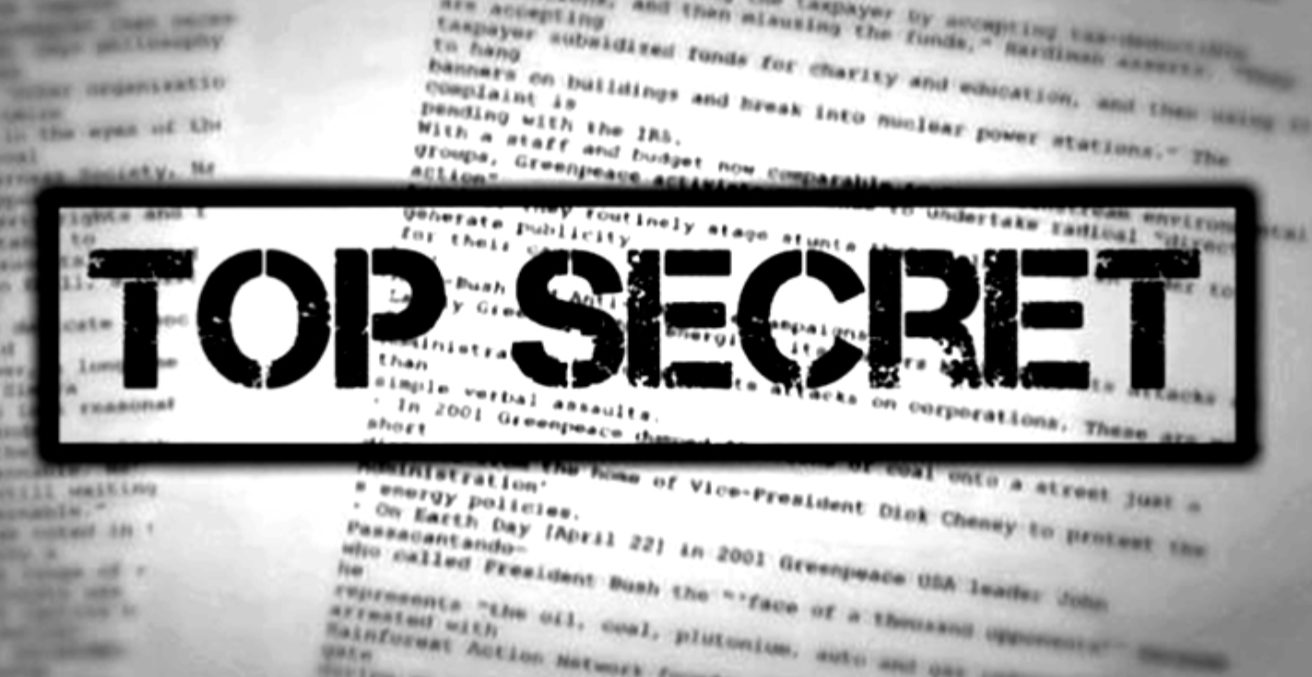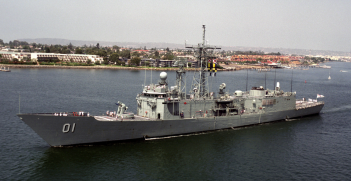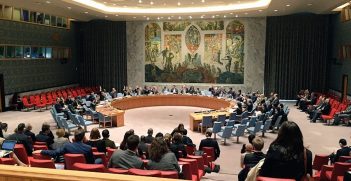Intelligence and the Function of Government

“Intelligence and the Function of Government”, edited by Daniel Baldino and Rhys Crawley, contains a great deal of useful material on the Australian Intelligence Community (AIC), intelligence issues and intelligence in relation to government.
It consists of 12 chapters, covering topics such as the history of the AIC, intelligence as an academic discipline and, very importantly, the dissemination of intelligence to and within the government.
It could be said that the book is both timely and untimely. Timely, because of the immediacy of issues such as terrorism, government access to personal and corporate metadata and alleged instances of cyber-hacking and theft. Untimely, because recent major changes to the organisation and functioning of the AIC have yet to be worked through. I refer to the creation of a new Home Affairs “super-ministry”, bringing ASIO, the AFP and the Australian Border Force together under one minister, and to the government’s adoption of the recommendations of the L’Estrange/Merchant review of the AIC.
The challenges it currently faces are a far cry from the “single adversary” situation that applied when the components of what became the AIC were established. They now include terrorism, WMD and rogue states, the drug trade, people smuggling and mass migrations, trans-national crime and the whole cyber domain, including cyber theft and political interference as seen in the 2016 US Presidential election.
Can intelligence keep up with this vastly increased portfolio? The answer must be “only with difficulty”, particularly when one considers that the information revolution and improved electronic collection methods have so vastly increased the volume of material available for examination. It may seem odd to complain about an excess of information, but intelligence professionals have always been wary of “raw intelligence”, emphasising instead the need to process, analyse and assess items of intelligence before passing them to their ultimate users, in the ministry, the military or senior officialdom, responsible for making policy recommendations to government.
Of course not all situations allow such an ideal and measured process, particularly given that intelligence organisations are far from the only channels feeding accounts of what is going on and opinions about it to their audiences. In Chapter 3, on Military Intelligence, Dirk Maclean and Charles Vandepeer make the point that the speed and volume of intelligence now can lead to a blurring of the formerly clear distinction between intelligence as “decision support” and operations.
However they also note the importance of understanding what the intelligence means, in the continual quest for “situational awareness and understanding”. This applies to the civilian side of the government as well as to the military, and in particular to the assessment bodies, ONA and DIO. In my term as Director-General of ONA (1989-1995) I became very aware that a given piece of raw intelligence could be subject to different interpretations and of the importance of having a body of analysts who knew their subjects well enough to be able to say with some confidence which of a set of possible interpretations was the most likely.
Of course having obtained its preferred interpretation, the next question is what is an agency like ONA is to do with it? On this topic, Chapter 5 in the book, “Dissemination”, Michael Wesley discusses the intended recipient of the intelligence product, and how it can be effectively communicated. He writes about the conflicting pressures of the information age and “the age of (often justified) anxiety”, and argues that demands for instant advice and analysis mean that intelligence organisations must constantly examine how they are communicating against the requirements of end users. He makes the important point that intelligence product does not have, among ministers, an audience for whom reading it is compulsory, and that to the extent that there is an audience, it is notoriously time and attention poor. He suggests that perhaps intelligence organisations are best considered as “secretive communications organisations”, given the amount of attention they have to give to ensuring their product is effectively communicated and, hopefully, used.
In brief, two new organisations are recommended, an Australian Centre for Intelligence Studies (Chapter 1), and a Financial Intelligence Agency to cope more adequately with trans-national financial crime (Chapter 6). Chapter 7 points out that intelligence cooperation with undemocratic regimes, in the interests of combatting terrorism, is problematic on the basis that information so obtained may not be trustworthy, and the methods by which it was obtained may be unacceptable. The authors are very sceptical of intelligence agreements not based on the “alignment of strategic interests” and values. Another point of interest is the treatment of metadata by Adam Henschke in Chapter 10. He asks whether the gains in security, especially in regard to counter-terrorism, are worth the costs to society. His answer? “It depends”.
This brings us to the vast realm of cyber, in Chapter 11 Cyber Warfare and Chapter 12 Cyber Security. Figures quoted in regard to cyber are daunting. Liam Nevill, in Chapter 11, notes that between January 2015 and June 2016 ASD responded to 1095 serious cyber incidents, while CERT Australia, the body concerned with cyber attacks on major companies, responded to 14,804. Nevill sees cyber warfare essentially as an adjunct to physical warfare, not as a fifth domain to be added to land, sea, air and space. He gives priority to cyber warfare’s defensive aspect, i.e. to prevent the destruction or degradation of one’s own facilities, rather than to damage those of others.
Discussing cyber warfare poses great difficulties for laymen, because of two contrasting characteristics of the discussion, opacity and assertions. Opacity works in two ways – the source of a cyber attack may not be known, and even if it is, governments typically don’t make that knowledge public. In contrast, both Australian and foreign media frequently carry accounts of cyber intrusions, attributed to “security sources” or “officials with access”. Such accounts are unsatisfactory and difficult to deal with, since they are not testable by the reader, and may reflect a political or ideological agenda.
In Chapter 12 Nick Ellsmore notes that the US-based Privacy Rights Clearinghouse has recorded 810 million breached data records over 10 years. But numbers can’t always be relied on: Ellsmore also quotes figures that show that estimates and reports of costs of cyber attacks to victims vary within a factor of 100. He finds existing technology failing due to the scale of malware programs, and says that for this reason the emphasis in cyber security has changed from “prevention” to “harm minimisation”, for which government-industry collaboration is essential – a fitting conclusion for a book on intelligence and government.
Geoffrey Miller AO FAIIA is a former Australian diplomat and government official. After serving as Ambassador to Japan up to 1989, he was appointed head of the Australian Government’s intelligence assessment agency, the Office of National Assessments. In 1995, he was appointed Australian High Commissioner to New Zealand. He is a former president of AIIA NSW and former national vice-president.
This article is published under a Creative Commons License and may be republished with attribution.





